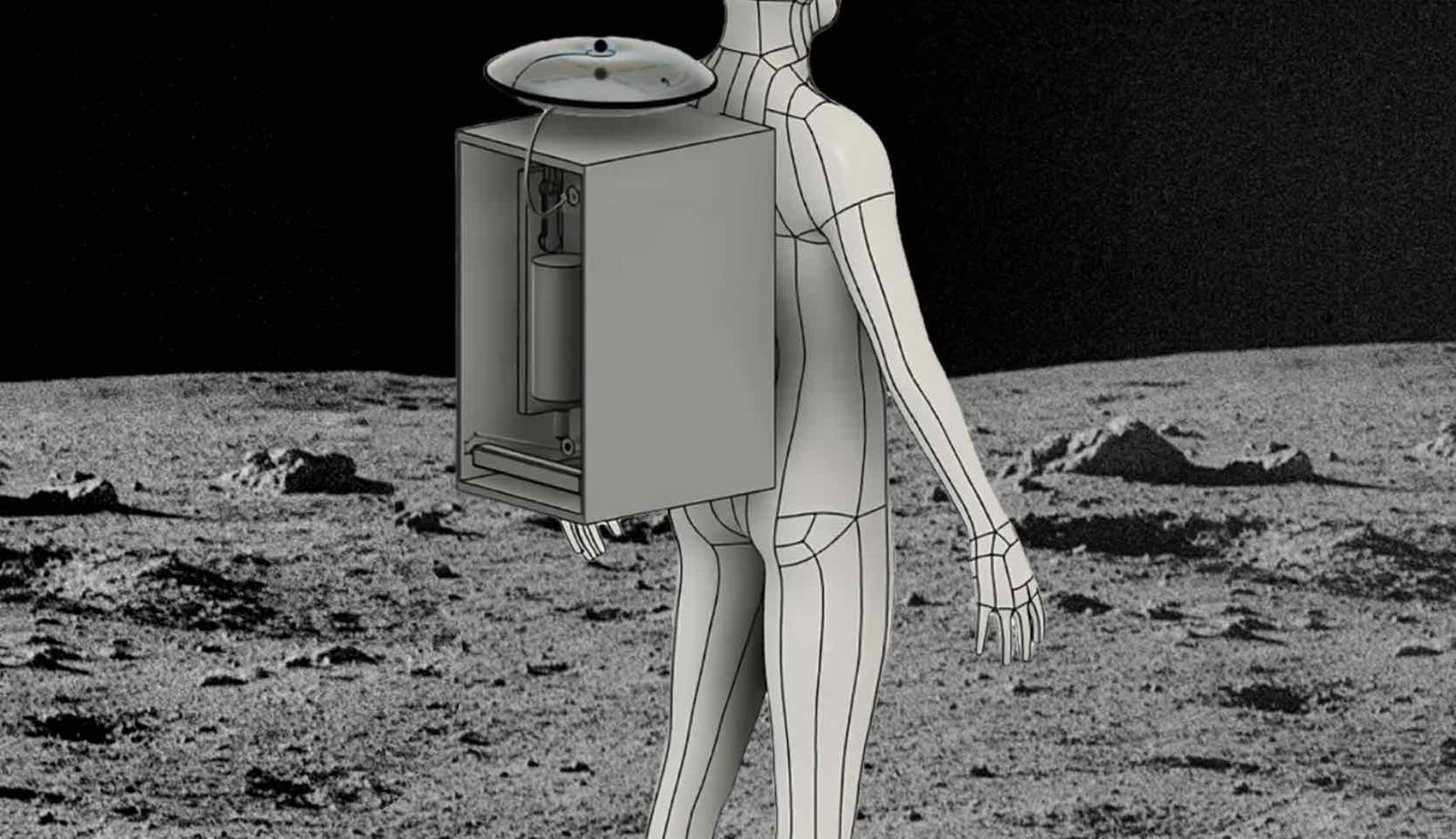A team of researchers has unveiled a new spacesuit design that can convert astronauts’ urine into drinking water. This addresses an often undiscussed but critical issue of hydration and hygiene during space missions.
In a paper just published in Frontiers in Space Technologies, the team showcased their prototype in-suit urine collection and filtration system, an innovation inspired by the “stillsuits” from the science fiction classic Dune.
In the sci-fi blockbuster franchise “Dune,” the inhabitants of the desert world Arrakis, known as the Fremen, wear full-body suits called “stillsuits.” These suits absorb the body’s moisture and convert it into drinkable water. By constantly recycling fluids, stillsuits allow wearers to survive for extended periods in the harsh desert climate, sometimes for weeks at a time.
Drawing inspiration from the fictional stillsuit, researchers say their prototype design can likewise create a sustainable and hygienic water recovery system for astronauts working in the inhospitable corridors of outer space.
“I’ve been a fan of the Dune series for as long as I can remember,” Sofia Etlin, a space medicine and policy researcher at Cornell University and study co-author, told Science News. “Building a real-life stillsuit was always a bit of a dream.”
Space missions, particularly extravehicular activities (EVAs), pose significant challenges in waste management and hydration. Currently, astronauts rely on the Maximum Absorbency Garment (MAG), essentially an adult diaper, to manage waste during spacewalks. However, this method has several drawbacks, including the potential for urinary tract infections, skin irritation, and reduced performance due to dehydration.
Historically, astronauts have had to limit their food intake and rely on a roughly 32-ounce In-suit Drink Bag (IDB) for hydration during EVAs, which can last up to eight hours. This limited water supply and the cumbersome waste management system have necessitated innovative solutions to enhance astronaut comfort and mission efficiency.
The new spacesuit design developed by Cornell University researchers incorporates a urine collection and filtration system that utilizes forward osmosis (FO) and reverse osmosis (RO) technologies. This dual filtration process efficiently converts urine into drinkable water, significantly improving water recovery and reducing reliance on pre-supplied drinking water.
The system begins with a silicone urine collection cup, designed differently for male and female astronauts, to ensure a snug fit and prevent leaks. Once urine is collected, it is transferred to the filtration unit via a vacuum pump activated by a humidity sensor.
The FO-RO system then filters the urine, removing contaminants and producing clean water. The purified water is enriched with electrolytes and pumped back into the in-suit drink bag, making it available for the astronaut to consume.
Initial testing of the new urine collection garment has shown promising results, with significant improvements in comfort and fit. The garment is made from a flexible, antimicrobial fabric that ensures hygiene and reduces the risk of infections.
The filtration system demonstrated high efficiency in converting urine into potable water, meeting or exceeding the target minimum of 75% water recovery. Additionally, the process consumes less than 10% of an astronaut’s extravehicular mobility unit (EMU) energy.
Researchers say their proposed new FO-RO filtration system could likely recover 86.8% of water, providing astronauts with a reliable source of hydration during long-duration EVAs.
While the current prototype focuses on urine collection and filtration, future iterations of the suit may include additional waste management features to address the containment and disposal of fecal matter. The researchers also aim to conduct further tests in microgravity environments to ensure the system’s viability for space missions.
Researchers believe the Dune-inspired FO-RO filtration system marks a significant step forward in space exploration. By improving waste management and hydration, astronauts can maintain better health and performance during missions.
The innovation could prove particularly crucial for NASA’s upcoming crewed missions to the Moon in 2025 and 2026 and to Mars by the early 2030s. These missions will involve extended spacewalks and limited resources, making efficient waste management and water recovery essential.
The high cost of transporting supplies to space also underscores the importance of such innovations. Reducing the need for pre-supplied drinking water can significantly lower mission costs and enhance the sustainability of long-duration space exploration.
As space agencies prepare for ambitious missions to explore deeper into our solar system, innovations like this Dune-inspired in-suit urine collection and filtration system could play a pivotal role in ensuring astronaut safety and mission success.
By turning to science fiction for inspiration, researchers have taken a visionary step toward making the dream of sustainable space travel a reality.
“In response to difficulties astronauts have faced with personal hygiene and performance and work efficiency during EVAs, we designed a novel urine collection and filtration system for the next generation of spacesuits,” researchers wrote. “With an understanding of the space and battery capacity limitations of spacesuits, we argue that the trade-off for improved performance and sufficient water in case of a contingency scenario is well worth it.”
Tim McMillan is a retired law enforcement executive, investigative reporter and co-founder of The Debrief. His writing typically focuses on defense, national security, the Intelligence Community and topics related to psychology. You can follow Tim on Twitter: @LtTimMcMillan. Tim can be reached by email: tim@thedebrief.org or through encrypted email: LtTimMcMillan@protonmail.com

